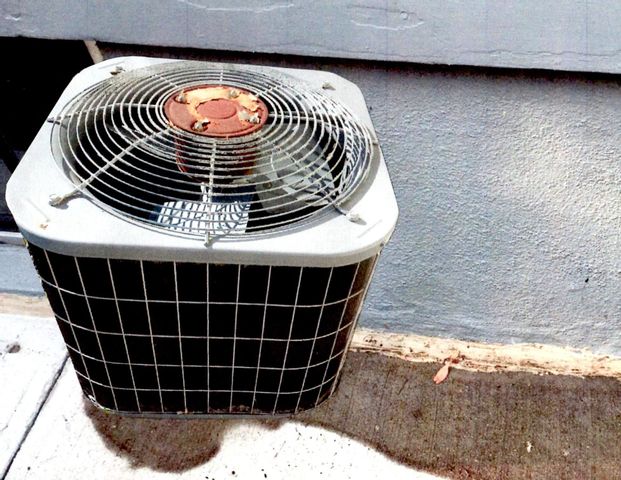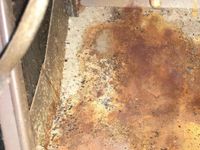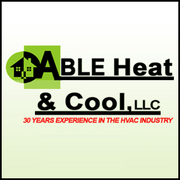
Any leaking water in or around your air conditioning unit can lead to various malfunctions of the equipment and possibly costly repairs if left unchecked. Determining the source of the leaking unit is the first step toward fixing it. The trusted HVAC contractors at ABLE Heat & Cool, LLC offer the following information to customers in Troy, MO, so they can decide if their unit requires air conditioning service or an inspection.
3 Reasons for Water Leaking
1. Clogged Filters
Your unit’s air filter keeps dirt, dust, pollens, etc… from being dispersed through the ductwork while the AC is on. When a filter is clogged, air flow is restricted and “freezing” begins with ice accumulating on the evaporator coil (the evaporator coil provides cold air for the blower to push through the air ducts). Freezing can extend to the outside on the refrigerant lines connecting the condensing unit. When the air conditioner powers down, the ice melts, and you have water dripping into the evaporator coil drain pan. This pan normally catches the water, so it can flow out the condensate drain line. When an iced-up evaporator coil starts melting, water drips from the entire coil and this usually creates more water than the pans intended purpose. Filters should be checked often and changed or cleaned as needed. A dirty or clogged filter is one of the leading causes of “Interrupted Cooling Comfort” and can lead to component failure requiring an air conditioning service technician to repair.
2. Drain Pan/Overflow Drain Pan
 Drain pans are normally placed under the evaporator coil for the purpose of catching condensation. AC coils installed in attics or upper levels, generally have overflow pans. Pans are simply a safety measure to catch and prevent water from dripping directly on the floor or ceiling that could cause damage. Over time, these pans can become rusty and even crack, causing the water to escape and leak out. While some small holes or cracks can be repaired, it may be time to replace the pan. An inspection from an HVAC contractor can assess the pans overall condition and offer repair or replacement options that make sense.
Drain pans are normally placed under the evaporator coil for the purpose of catching condensation. AC coils installed in attics or upper levels, generally have overflow pans. Pans are simply a safety measure to catch and prevent water from dripping directly on the floor or ceiling that could cause damage. Over time, these pans can become rusty and even crack, causing the water to escape and leak out. While some small holes or cracks can be repaired, it may be time to replace the pan. An inspection from an HVAC contractor can assess the pans overall condition and offer repair or replacement options that make sense.
3. The Condensate Line or Tube
The condensate line or tube is connected to the evaporator coil drain pan or overflow pan (if installed), so the water can be directed from the coil pan to a drain or to the outside. If there is a clog in the line and the water is unable to drain properly, the pans will fill and spill over the top of the pan. Clogs in the line can be difficult to detect and can create a number of undesirable issues. If you notice any water where it shouldn’t be, it may be time to call for a professional to inspect and determine the source of the problem.
ABLE Heat & Cool, LLC have over three decades of experience and their technicians can address common problems with heating and cooling units to offer effective, affordable solutions. Call (636) 528-4794 to schedule service in your home. You can also visit their website for a complete listing of products, services, and service areas surrounding Troy, MO.
About the Business
Have a question? Ask the experts!
Send your question

